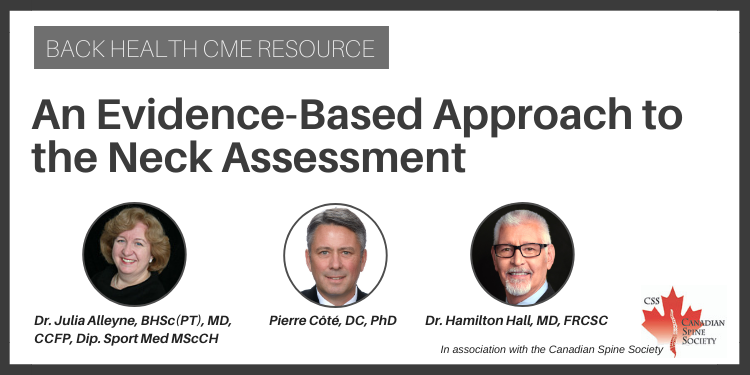John R. Wherrett, MD, FRCP(C), PhD, Professor Emeritus, Division of Neurology, University of Toronto; consultant in Neurology, Toronto Western Hospital and Toronto Rehabilitation Institute; member, Memory Clinic, Toronto Western Hospital, Toronto, ON.
Nonneurologist practitioners faced with the diagnosis of dementia cannot be expected to conduct the detailed assessments for which neurologists are trained. Nonetheless, they should be able to diagnose the most common forms of neurodegenerative dementia and identify individuals that require more detailed neurologic workup. A neurologic examination algorithm is described that allows the practitioner, in a stepwise and efficient manner, to elicit findings that distinguish the main categories of neurodegenerative and vascular dementia, namely, Alzheimer’s disease, dementia with Lewy bodies, vascular dementia, and frontotemporal lobar degenerations. Patients are assessed for gait, frontal signs, signs of parkinsonism, signs of focal or lateralized lesions, neuro-ophthalmologic signs, and signs characteristic of frontotemporal lobar degeneration.
Key words: neurologic, examination, neurodegenerative, dementia, diagnosis, gait, frontal dysfunction, cognitive impairment.

